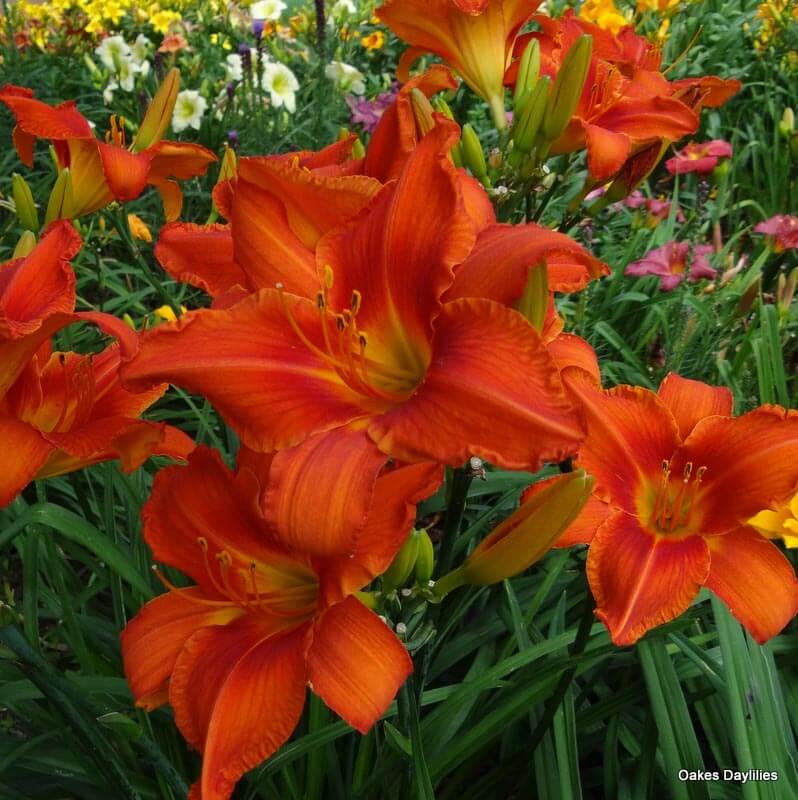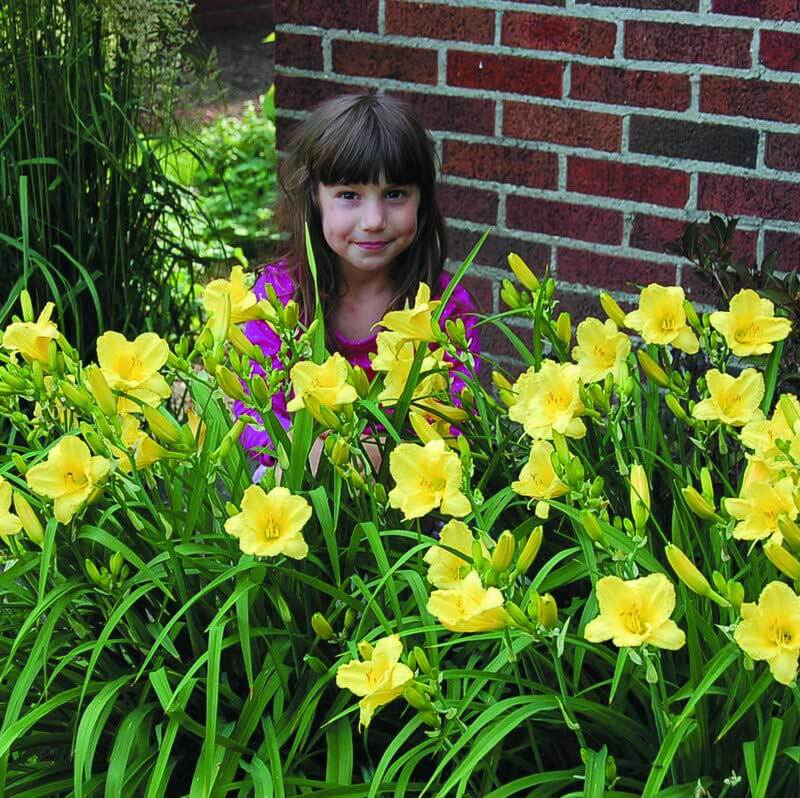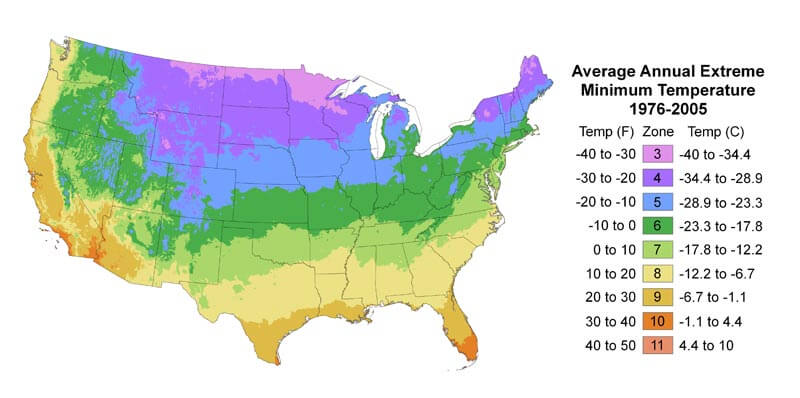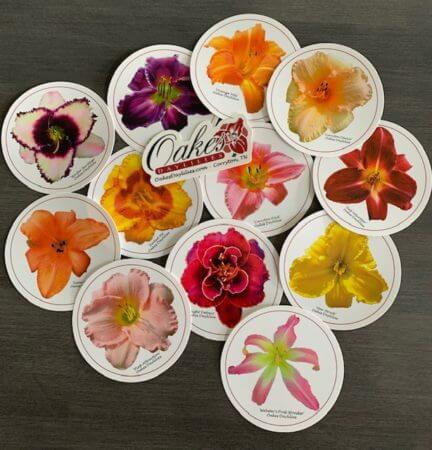Daylily Legend
See something on our website and wonder what it means?
Abbreviations that are sometimes used in the plant descriptions:

Alabama Jubilee
*7″ bloom, 30″ tall, Mid Season, Dormant
You won’t believe how bright this is in person! Fluorescent red-orange blooms with an even brighter red halo are hotter than an Alabama August!

Happy Returns
3 1/8″ bloom, 18″ tall, Extra-Early Season + rebloom, Dormant
This is one summer guest you’ll be happy to see again and again! Lights up the garden. Starts very early and an excellent rebloomer. Fragrant.
KEY:
*Tetraploid: see below
EE: Begins blooming extra-early season
E: Begins blooming early season
EM: Begins blooming early and mid-season
M: Begins blooming mid-season
ML: Begins blooming mid and late season
L: Begins blooming late season
Rebloom: Varieties may have more than one set of bloom scapes, either one right after another or with a break in between.
D: Dormant: see below
SEV: Semi-evergreen: see below
EV: Evergreen: see below
Tetraploids and Diploids
These terms designate whether a variety has eleven pairs of chromosomes (diploids) or twice as many (tetraploids). If you want to hybridize, you must cross diploids with diploids and tetraploids with tetraploids. On this website and in our catalogs, tetraploids are marked with an asterisk (*).
Dormants and Evergreens
Daylilies vary from dormant varieties (the leaves die completely to the ground in the winter) to evergreen varieties (the leaves try to grow whenever it gets warm) with various degrees of semi-evergreens in between. Gardeners from USDA zones 9 and 10, and other areas that do not have a cold period in the winter should buy only evergreen or semi-evergreen varieties. Northern gardeners in zones 4 or colder may want to stick with dormant varieties, although many semi-evergreen and evergreen varieties will grow well, especially if mulched. One other note: in zones 7/8 and colder, the foliage will typically be frozen to the ground regardless of foliage type.



